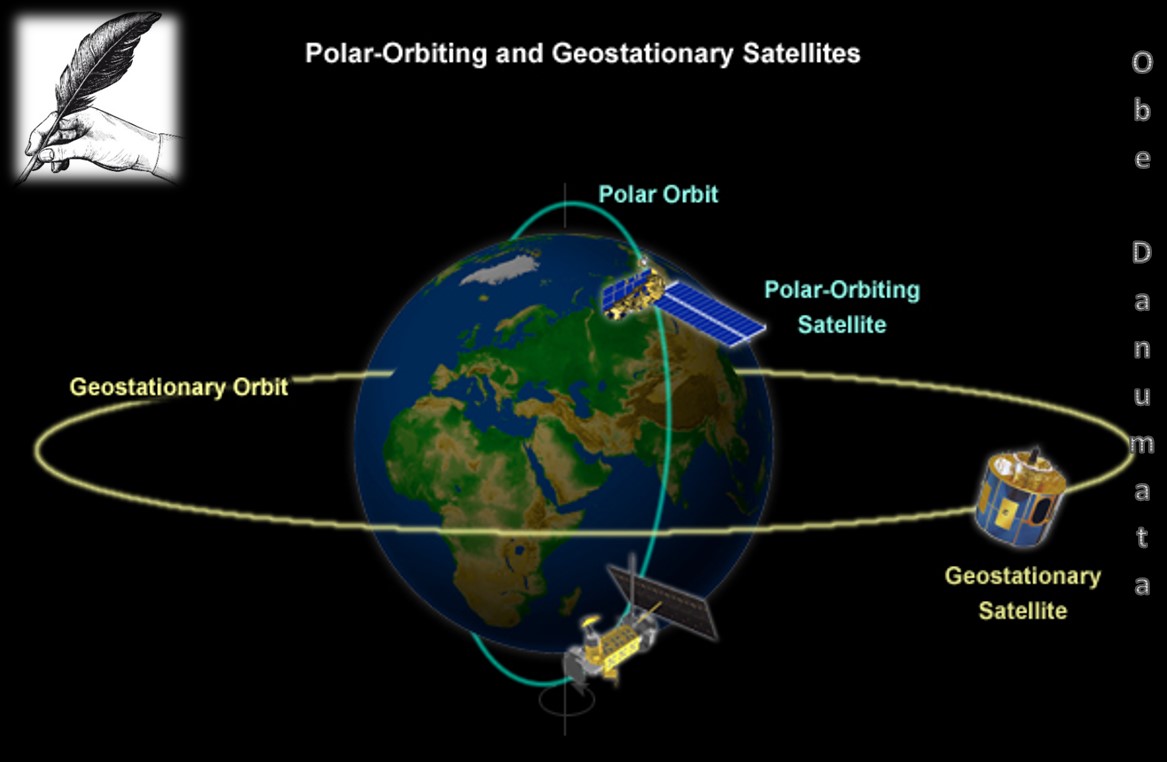
All NASA sourced material is public domain. ESA news reports are copyright European Space Agency. AFP, UPI and IANS news wire stories are copyright Agence France-Presse, United Press International and Indo-Asia News Service. All websites are published in Australia and are solely subject to Australian law and governed by Fair Use principals for news reporting and research purposes. The content herein, unless otherwise known to be public domain, are Copyright 1995-2021 - Space Media Network. Jupiter's Great Red Spot is deeper than thought, shaped like lens Scientists find strange black 'superionic ice' that could exist inside other planets Juno peers deep into Jupiter's colorful belts and zones Science results offer first 3D view of Jupiter's atmosphere GOES-U, the last of the GOES-R weather satellite series, is in production and planned for a 2024 launch.Įarth Observation News - Suppiliers, Technology and Application With GOES-16 and 17 already on orbit, GOES-T is currently scheduled to launch Feb.

In addition to building all four satellites in the GOES-R series, Lockheed Martin also produced two of the primary instruments aboard: the Geostationary Lightning Mapper and Solar Ultraviolet Imager. NOAA manages the GOES satellites and distributes their data to users worldwide, while NASA oversees the acquisition of the spacecraft and instruments, in addition to the management of the launch through NASA's Launch Services Program.
GEOSTATIONARY WEATHER SATELLITES WXTOIMG SERIES
The GOES-R Series is a collaborative acquisition and development effort between NOAA and the National Aeronautics and Space Administration (NASA) to develop, launch and operate weather satellites. + Generating total lightning data that can give early indications of a storm's strength, thanks to a first-of-its-kind lightning mapper built by Lockheed Martin + Supporting NOAA's Search and Rescue Satellite-Aided Tracking (SARSAT) system, which has helped rescue thousands of people + Producing real-time fire boundaries seen on Google Maps by tracking wildfire conditions and related weather + Mapping of tropical storms and hurricanes in the Pacific Ocean Measurement of weather data in these areas is increasingly important as severe weather patterns driven by climate change impact lives and livelihoods around the world. GOES-T, like the other satellites in the GOES-R series, will provide significant benefits to North America in the form of climate monitoring, ecosystems management, commerce and transportation. That container was then transported from the company's Littleton facility to Buckley Space Force Base in Aurora, Colorado, where it was carefully loaded onto the C-5 for transit to Florida. To protect GOES-T's sensitive, state-of-the-art instruments, the Lockheed Martin team enclosed the spacecraft in a shipping container that functioned as its own miniature cleanroom environment. For this, the team looked no further than the Lockheed Martin-built C-5M Super Galaxy aircraft. Given that GOES-T is the size of a small school bus, it needed a spacious ride to Florida. "Lockheed Martin has built more than 100 weather and environmental observation spacecraft throughout our history, and we couldn't be more excited to add GOES-T to that lineup as we use continue to evolve the technology toward the future with each system we build." "The technology and instruments we've developed for the GOES-R series enable GOES-T to observe Earth and space weather faster and more accurately than ever," said Lockheed Martin GOES-R chief engineer, Jagdeep Shergill. and western hemisphere with sharper, more defined images of severe storms, hurricanes, wildfires and other weather hazards. GOES-T will help NOAA provide forecasters in the U.S. It is the third of four satellites in the National Oceanic and Atmospheric Administration (NOAA)'s GOES-R weather satellite series built by Lockheed Martin in Littleton, Colorado.

Today, the next-generation Geostationary Operational Environmental Satellite (GOES)-T successfully arrived at Kennedy Space Center, Florida, to begin launch preparations.


 0 kommentar(er)
0 kommentar(er)
